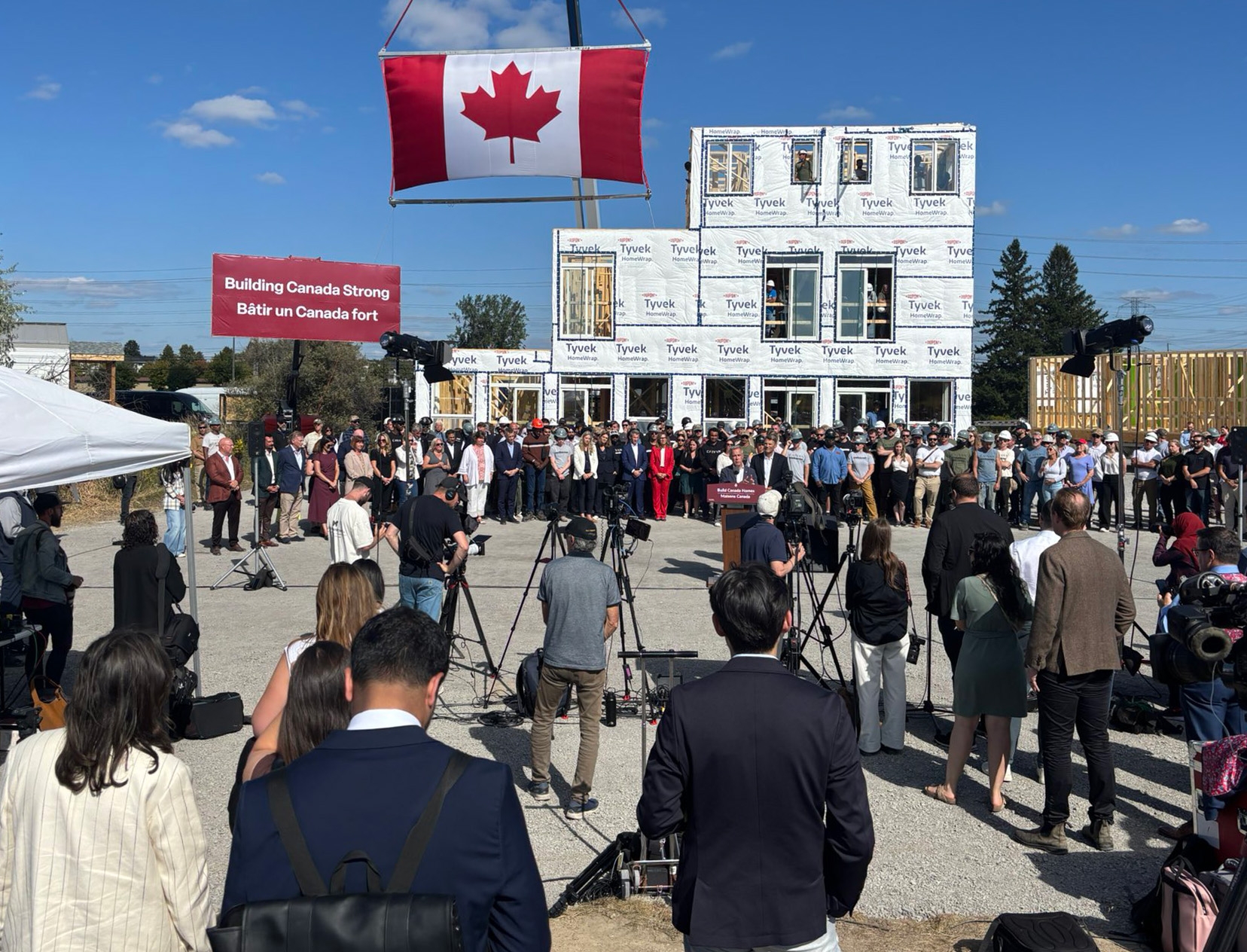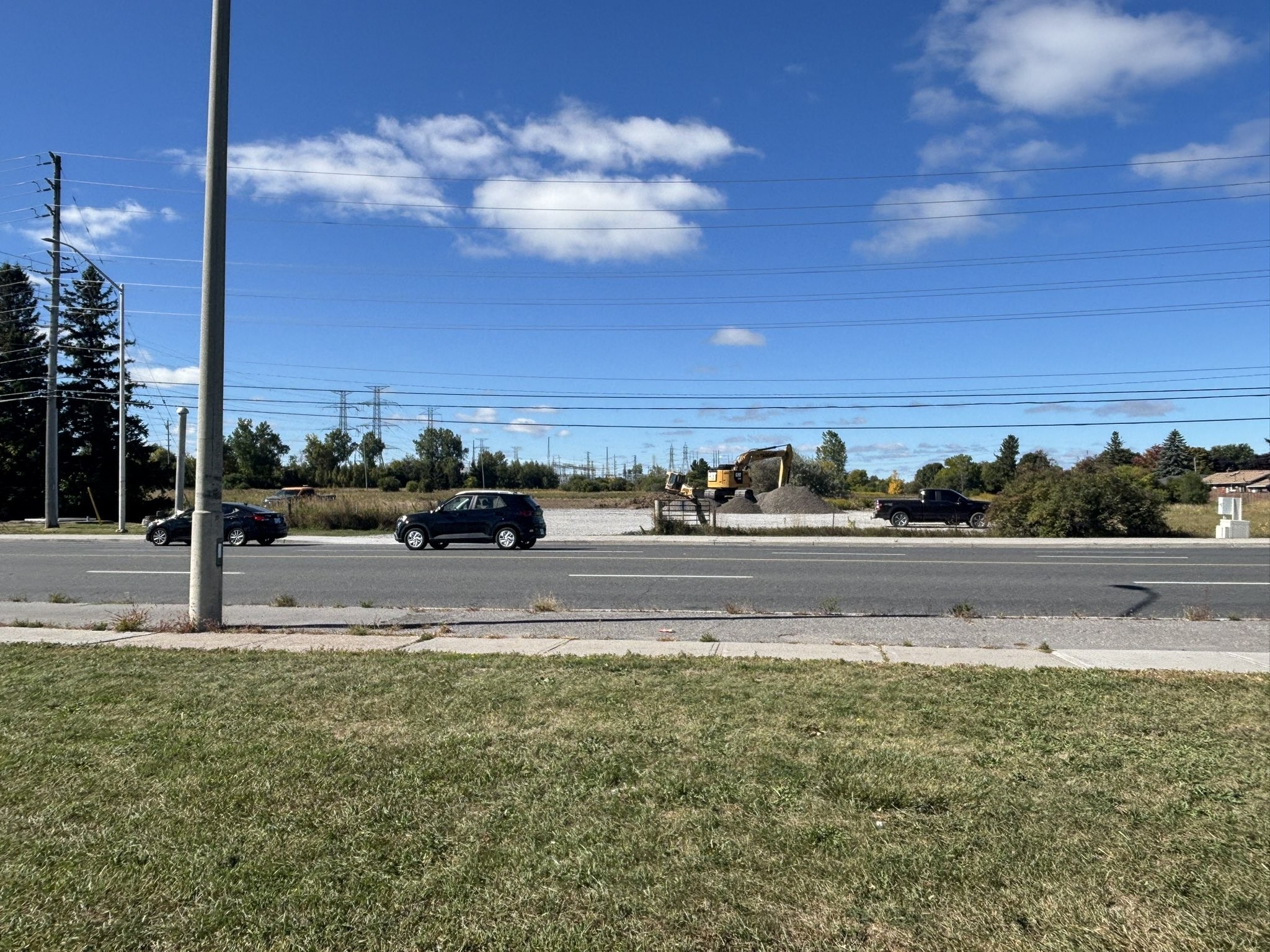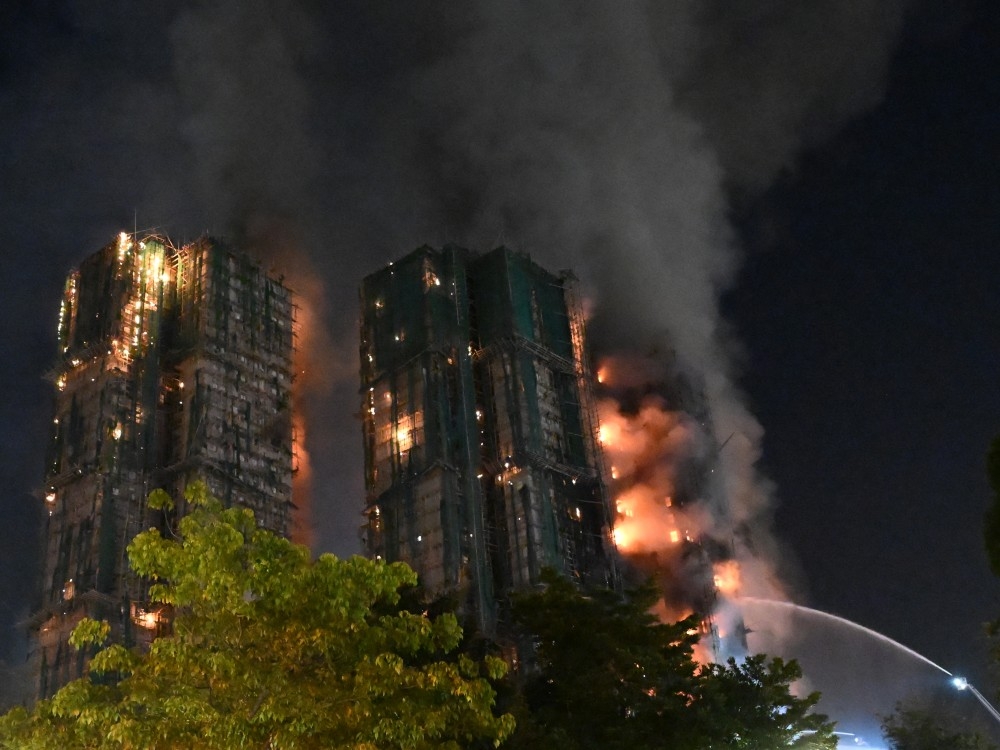The grand announcement of a new federal housing agency was, in reality, a carefully constructed illusion. Documents recently revealed the truth behind Prime Minister Carney’s September 14th press conference: the bustling construction site was a temporary facade, built solely for the cameras.
Responding to a formal inquiry, the Privy Council Office admitted the site was a “demonstration” orchestrated by a local modular home builder. The homes showcased weren’t the start of a new neighborhood, but props intended to create a specific image.
These weren’t simply empty shells. One home was destined for a family in need in the Arctic, while others were components of a future project in eastern Ottawa. Yet, during the announcement, none of this context was shared.

Prime Minister Carney described the homes as being manufactured in days and assembled in a week, even noting workers were deliberately held back to observe the construction process. He pointed to a unit on a trailer, stating it was headed to Nunavut, subtly implying the vacant lot would soon blossom into a thriving community.
A few days after the event, the carefully arranged scene vanished. The housing units were gone, replaced by the stark reality of an excavator and bulldozer simply grading the land. This sparked immediate criticism, with many labeling the display a modern “Potemkin village” – a deceptive facade of prosperity.
The cost of this carefully crafted illusion? Taxpayers footed a bill of $32,707.23. The Department of Housing offered no further comment, leaving the public to grapple with the implications of the staged event.

The builder involved explained they were approached to create a “prototype build” for the announcement, emphasizing the homes were never intended to be perceived as a genuine development site. They maintained the exercise was integrated into their existing production process, incurring no additional cost.
Critics were quick to condemn the government’s actions as disingenuous. One observer characterized the event as an expensive photo opportunity, accusing the Prime Minister of playing a role better suited to a construction worker than a national leader.
The incident raises questions about transparency and the lengths to which governments will go to present a particular narrative, even if it means constructing a temporary reality for public consumption.





